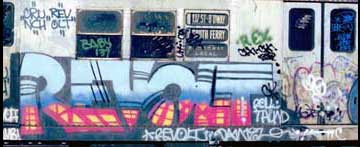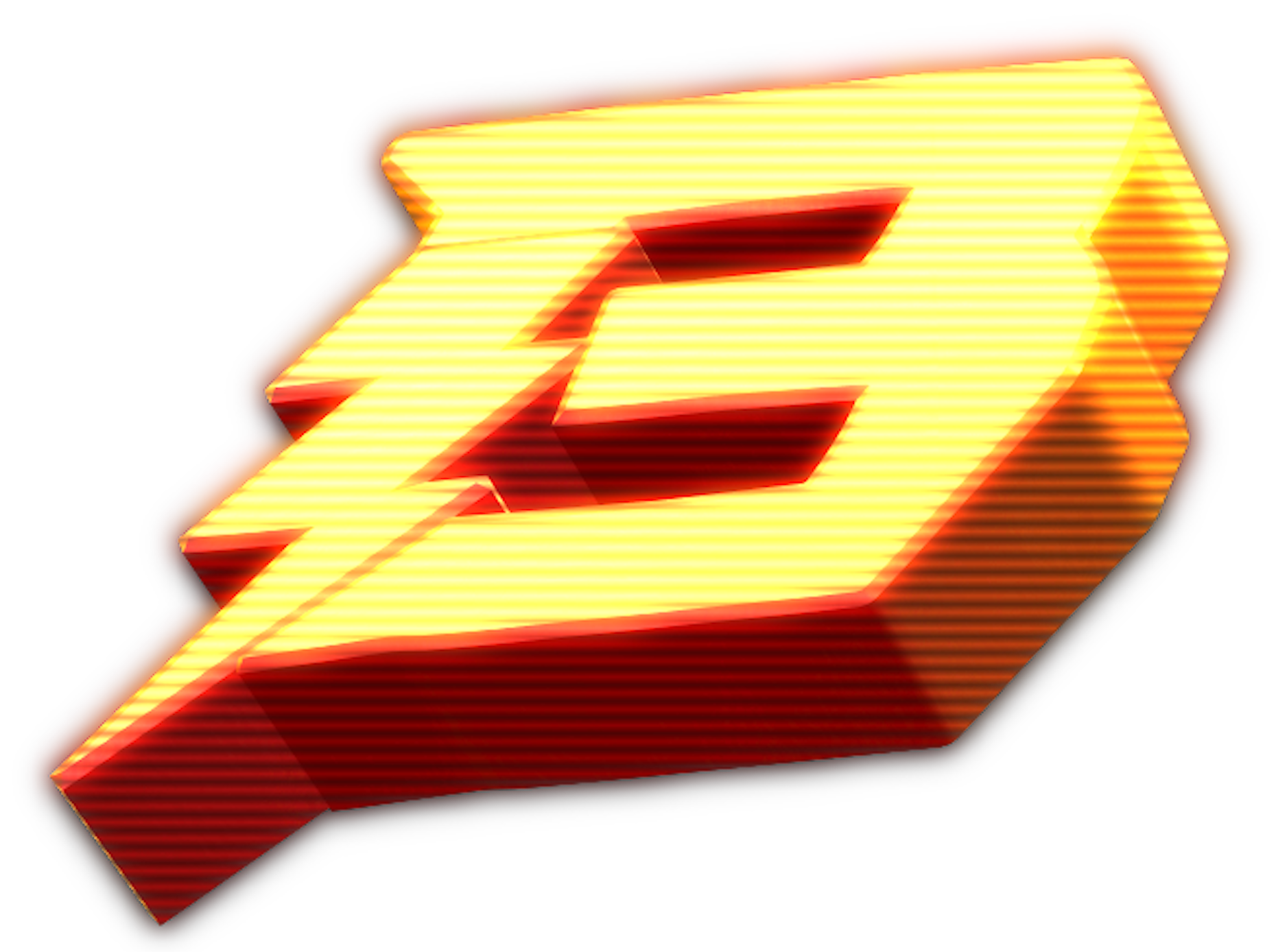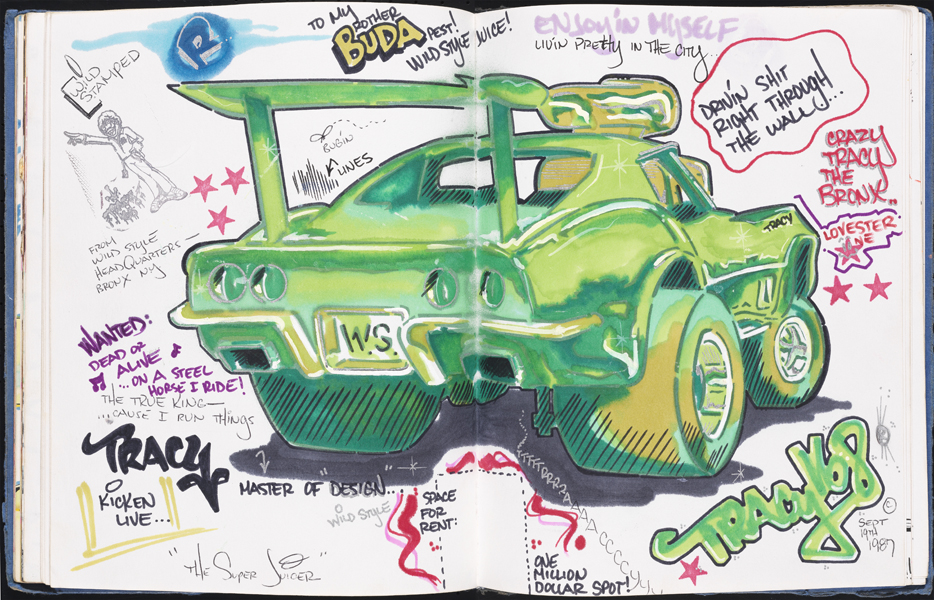A review of Henry Chalfant’s Graffiti Archive: New York City’s Subway Art and Artists Volume 2: RTW, SA
“Rolling Thunder Writers” refers to a clique of graffiti artists that painted the New York City subway cars in the early and mid-1980s. Their fascinating history is recounted in volume two of “Henry Chalfant’s Graffiti Archive: New York City’s Subway Art and Artists Volume 2: RTW, SA.” The made-for-iPad book also recounts the history of the Soul Artists, a graffiti club instrumental in RTW’s development.
Graffiti art aficionados will be readily familiar with some of the luminaries in this book: Min, Revolt, Zephyr, Quik, SE3, Mare and Kel to name a few. There are over 80 photos of their artwork emblazoned on the Metropolitan Transit Authority’s subway cars. Decades have gone by since these artworks rolled through New York’s five boroughs, and these photos are some of the best that give testament to that exciting period of New York’s history.
The photos will endlessly fascinate a younger audience, but for art collectors, history buffs and ageing b-boys there is a wealth of new info, exclusive video-interviews and Chalfant’s memories of these writers and their particular imprint on history.

Like the previous volume, this one starts with Chalfant’s introduction sprinkled with photographs of the environment which the art was created in. This volume features his famous photo of Min painting, and a hilarious picture of Chalfant tagging a train. So much for Anthropological neutrality and thank goodness for the statute of limitations! Chalfant often gets criticized for this very thing: a lack of impartialness. However, to my mind this approach is ultimately more honest. Rather than having to poke and prod for the author’s biases hidden behind strained obfuscation, Chalfant wears his biases on his sleeve making it easier to frame his work in the overall panorama of graffiti art history.
RTW broke the mold of the public perception about graffiti artists. Mainly, that some weren’t rich white kids from the Upper West Side, or that they were even old enough to drive. The history of New York graffiti generally cut through every demographic, so it isn’t fair to say that RTW was entirely unique in this regard but its members were some of the first to garner media attention via their affiliation with Soul Artists.
Soul Artists formed in the early 70’s and disbanded after their leader, Ali, was badly burned in a subway accident. He later reformed the group around 1979 with the idea of taking graffiti into the art galleries. Many artists known today such as Lee, Daze, Tracy 168, Mare, Futura 2000, and Revolt frequented the Soul Artists meet-ups. Soul Artist train photos are sprinkled throughout the book, and their history, mostly recounted in Haze’s (SE3) interview, seems to permeate discussions of Rolling Thunder Writers.

My perception of RTW’s writers were generally that, “these guys are hippies.” Frankly, this iBook does little to quash my preconception. But what’s wrong with that? It isn’t mentioned in the book, but to my mind RTW sort of took off where early 1970’s graffiti writers like Stay High 149 ended – a sort of psychedelic, underground comix inspired graffiti explosion. They would hang out at the Central Park band shell, painted Vaughn Bode characters, and executed a style that was much more free-form than some of their contemporaries. Frequently during this volume I thought that the members should come out of retirement (many are still painting, actually) and bomb the Phish tour buses – maybe they already have though. These images mainly come from the Bilroc, Regal, Revolt and Haze (SE3) interviews.
My favorite interview is Bilroc’s. He recounts the New York City Transit Strike, and how graffiti writers reacted to it. I will let your imagination run wild with this and say no more –you have to hear it yourself.
In somewhat stark contrast to RTW’s hippie art vibe was their eventual next leader, Min. By all accounts he was driven and determined to bomb graffiti and his persistent energy seemed to be a galvanizing force once the Soul Artist influence receded into the background. His interview describes the historical dynamics of RTW and what eventually led it to be renamed “Rock the World” and its assimilation and synthesis with other graffiti clubs throughout the five boroughs.
Kel and Mare 139 (brothers) were instrumental in the “Rock the World” period, and photos of their trains are well represented in this volume. Kel’s interview frankly opens more questions than answers any, and seems geared to the most researched graffiti buffs, having many references to situations and events not covered in this volume.
Of special note is the Quik interview. Noted by the art world, revered by graffiti writers since the 1980’s, his interview twists every preconception one has about his motivation, inspiration and appreciation of his situation –mid interview! Surprisingly he eschews any artistic motivation on his part whatsoever! He frankly proclaims his main motivation was in fact, purely destructive and amplified by peer pressure. Picture a black guy in a Black Sabbath T-Shirt, driving his car after a few college classes to bomb the lay-ups just to “let off some steam.” He’s interviewed by Chalfant and Carl Weston (who produces the videos for the archive) who seem genuinely surprised. Keep in mind Quik later goes on to have a successful art career… his pieces the want of many a collector.
The “Rolling Thunder Writers” volume of Henry Chalfant’s Graffiti Archive is one of the best. Filled with train photos available nowhere else, fascinating interviews, and a recollection of history that still resonates today. For $5.99 you have one heckuva stocking-stuffer this holiday season for any art lover or [easyazon_link asin=”B009W8YQ6K” locale=”US” new_window=”default” tag=”lelifohotr-20″ add_to_cart=”default” cloaking=”default” localization=”default” nofollow=”default” popups=”default”]Apple iPad[/easyazon_link] owner in your life. I will also include my usual disclaimer with any graffiti book though: Graffiti is a loaded issue and parents should take care if their children want to get more involved. Keep your eyes peeled if your kids come home with mysteriously stained fingers and all the paint is missing from the garage


